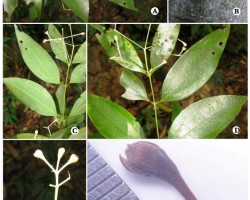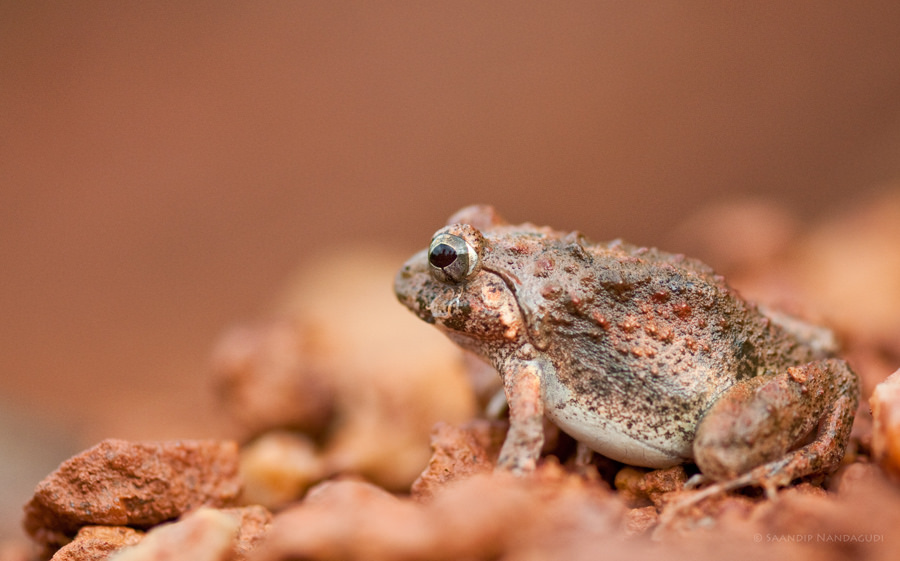A new tree species has been discovered in the Western Ghats, the leaves and stem of which, when crushed, gives out a strong smell of camphor. The species was first reported from Agasthyamala hills in the southern part of the Western Ghats and was hence named Cinnamomum Agasthyamalayanum.
 Image courtesy journalijar.com/uploads/899_IJAR-4343.pdf
Image courtesy journalijar.com/uploads/899_IJAR-4343.pdf
The genus Cinnamomum contains about 200–350 species, mostly in the tropical regions of South-east Asia. In India, there are about 40 species distributed mainly in the Western Ghats and nearby areas, the Andaman Islands and eastern Himalayas. Of the 18 species recorded in southern India, 16 are endemic to this region. Several species are commercially cultivated for cinnamon, cassia and camphor.
The new species was found in certain specific areas of Agasthyamala – between Attayar and Chemungi. A few samples were also recorded from Rosemala in Kollam district of Kerala. The finding was published in the International Journal of Advanced Research.
The newly discovered species, closely resembled another species Cinnamomum dubium by the habit and leaves. However, further examination revealed the camphor smell in its inner bark and leaves and certain other morphological differences.
Plants that Give Camphor
Currently there are only two known species with camphor smell Cinnamomum camphora and Cinnamomum capparu-coronde. The former is widely cultivated in China, Taiwan, southern parts of Japan, Korea, and Vietnam. Camphor oil is extracted by steam from the chipped wood, root stumps and branches of the camphor tree. It is then rectified under vacuum and filter pressed. The latter is restricted to the forests of Sri Lanka.
According to scientists, the new species Cinnamomum Agasthyamalayanum can grow up to 8 metres in the dense wet evergreen forests of the Ghats at an altitude between 500m and 1400m.
“It was found distributed in the windward evergreen forests of Agasthyamalai phyto-geographical region of southern Western Ghats. The population was found to be very low in all regions which were surveyed. The leaves and stems of the new species have the smell of camphor probably due to the high content of volatile oil,” said Mr. Sujanapal of the Kerala Forest Research Institute, Thrissur, Kerala.
This makes the discovery important economically as it is the only native species with strong smell of camphor oil, perhaps due to the high content of volatile oil.The challenge now is to find out whether it would be possible to extract camphor at a commercially viable level.
Camphor finds a lot of use medicinally particularly in Ayurveda. It helps in relieving pain and is an ingredient in anti-inflammatory oils applied to relieve muscle spasm. Camphor is known to have has mild mucolytic property and can reduce bronchospasm. It is also used in small quantities in internal medicines. Cinnamomum agasthyamalayanum was identified by A.J. Robi, P. Sujanapal and P.S. Udayan of the Kerala Forest Research Institute, Thrissur.
More Related Stories,
Eco-Travel: Silent Valley National Park, Kerala
Indian Biodiversity Under Serious Threat
Pay a Fine if you Step on this Hill!






Can we plant camphora tree on draught area of Maharashtra and is it viable to extract oil commercially?
Camphor is generally drought tolerant and can be planted in these areas. However, intially the sapling will need water. They grow well in partial sandy soil. And need partial shade. I am not sure if it will be viable to extract oil commercially.